Interesting Moments on the Set of Iconic and Popular 20th-Century Films (21 photos)
What's behind the magic of great cinema? Titanic labor, cutting-edge technology, and boundless creativity! The filming process is like assembling a complex puzzle, where everything must fit perfectly. 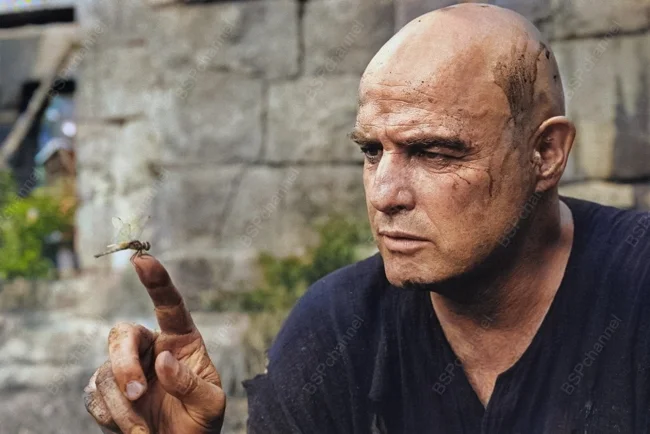
Filming a stop-motion animated film, 1955. 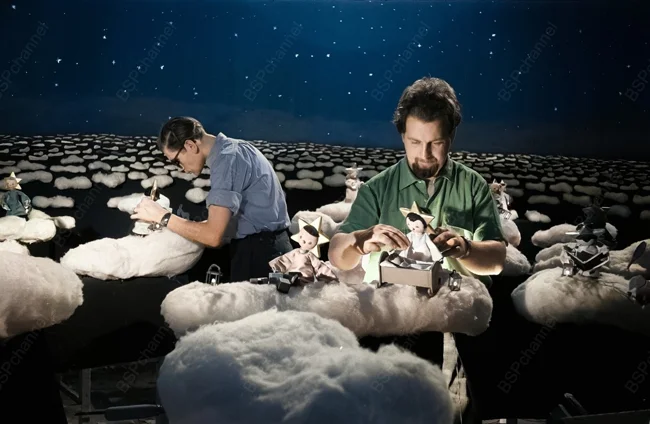
On the set of "Planet of the Apes," 1967. 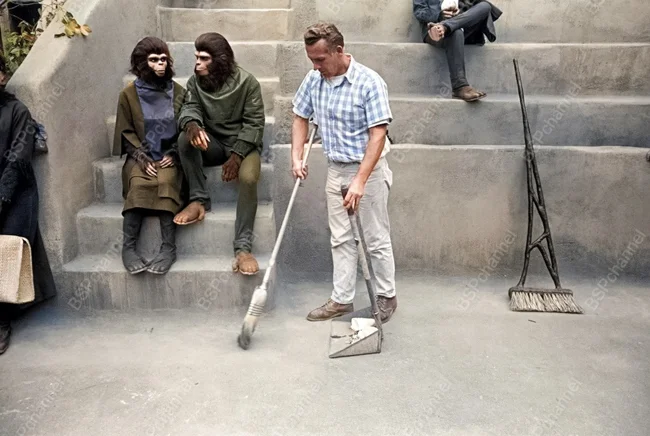
Filming the cartoon "38 Parrots" at Soyuzmultfilm Studios, 1977. 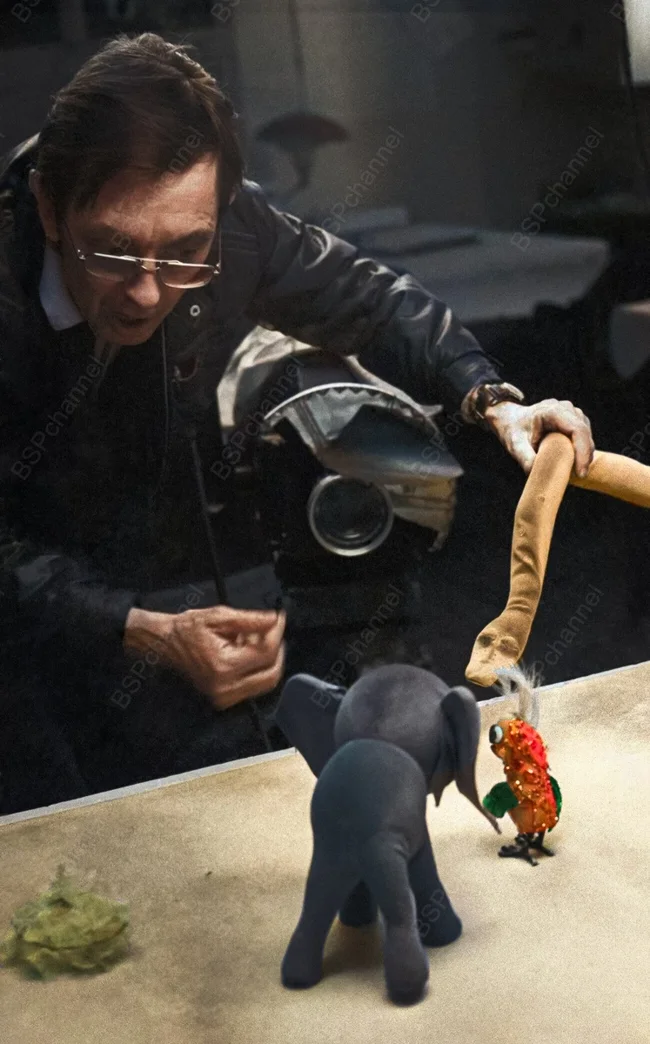
"38 Parrots" is one of the most beloved and witty Soviet animated series, created by director Ivan Ufimtsev at the Soyuzmultfilm studio from 1976 to 1991. This short animated series consists of 10 episodes and has become iconic thanks to its humor, philosophical jokes, vibrant characters, and original presentation.
Actor Boris Karloff as the monster on the set of "Frankenstein," 1931. 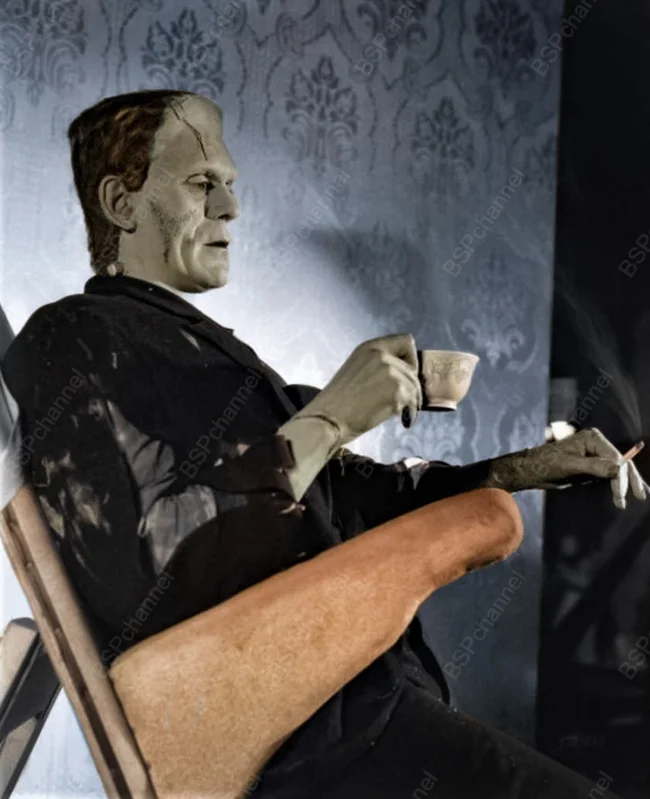
"Frankenstein" (1931) is a cult horror film from Universal Pictures, becoming one of the key milestones in the history of world cinema. James Whale's direction transformed Mary Shelley's gothic novella into a powerful visual myth that had a profound influence on the horror genre.
Still from the film based on Mikhail Sholokhov's novella of the same name, "The Fate of a Man." Sergei Bondarchuk's directorial debut. Bondarchuk stars as Andrei Sokolov, and Pavel Boriskin as Vanyushka, 1959. 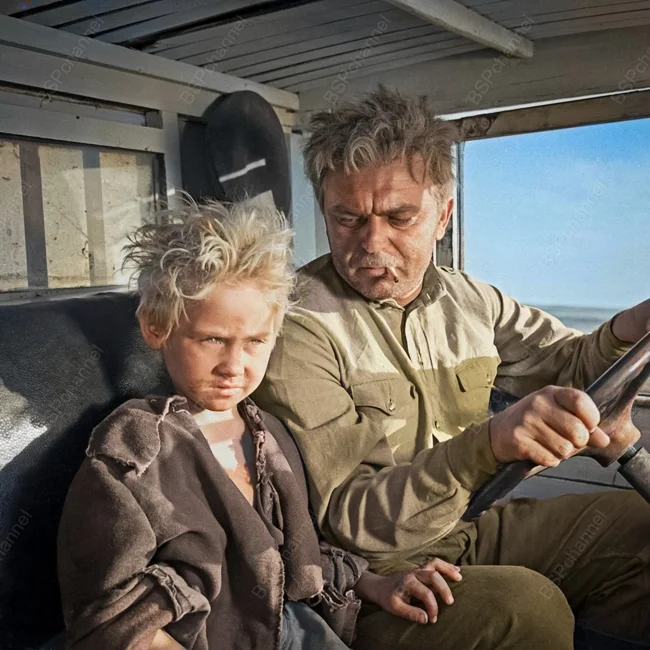
Photographer: V. Uvarov
With the outbreak of the Great Patriotic War, a simple driver, Andrei Sokolov, is forced to leave his family. His journey to the front is short and tragic: he is soon wounded and captured by the Germans. Having endured the hell of a concentration camp, he displays incredible courage, miraculously avoids execution, and escapes to his own people.
After receiving a short leave, Andrei travels to his native Voronezh, where terrible news awaits him: his wife and daughters have been killed in a bombing raid. The soldier's only hope is his son, an officer, but his life will also be cut short on the very last day of the war.
After Victory Day, Sokolov, completely alone, went to work in Uryupinsk, far from his former life. There, he met an orphan named Vanya, a boy who had lost both his parents in the war. To give the child and himself a chance at happiness, Andrei called himself his father, thereby finding a new family and a meaning in life.
This poignant story, published in Pravda between 1956 and 1957, was based on a true story from the life of fighter pilot Grigory Dolnikov. Sholokhov's story "The Fate of a Man" was a bombshell: its protagonist, a former prisoner of war, would have recently been considered a "traitor to the Motherland." But the changing social climate in the country allowed not only for the story to be published but also for it to be adapted into a film.
Jean-Paul Belmondo on the set of "La Ciociara," 1960. 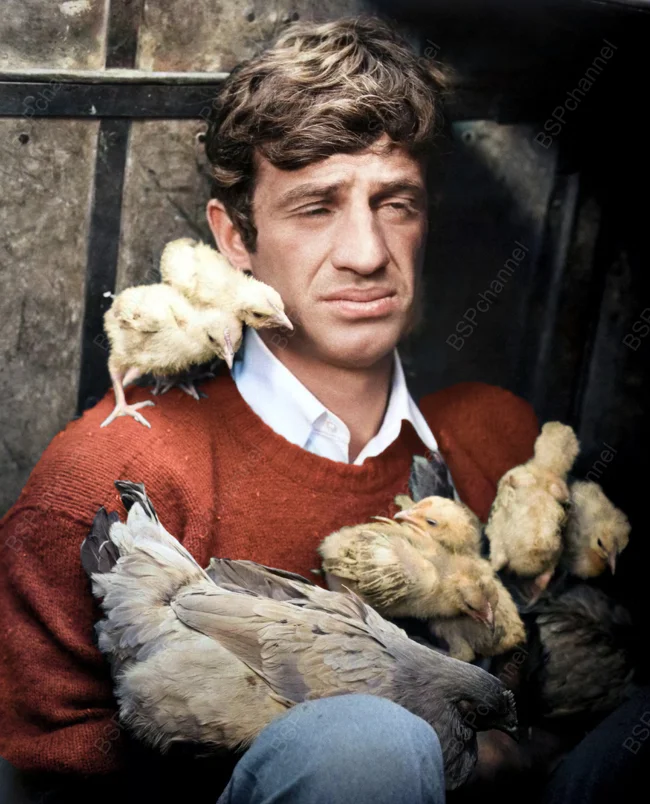
Ballerina Maya Plisetskaya (left) as Betsy Tverskoy and actor Vasily Lanovoy (right) as Vronsky in Alexander Zarkhi's film "Anna Karenina," 1966. 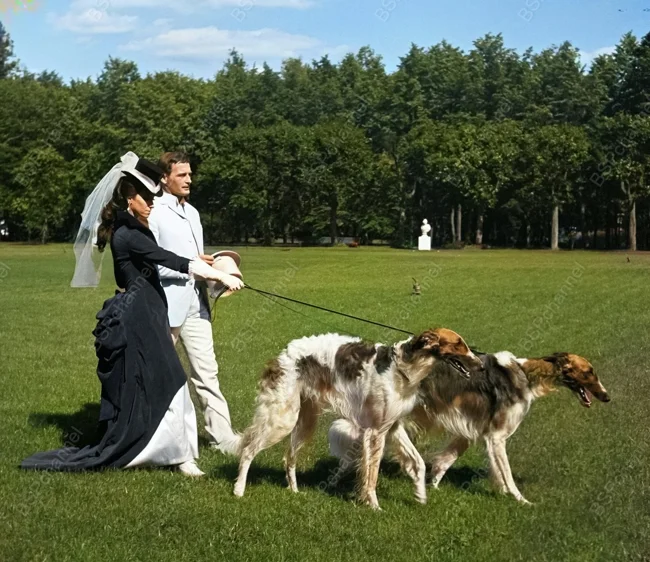
Marlon Brando is fascinated by a dragonfly during the filming of "Apocalypse Now" in Pagsanjan, Philippines, 1976. 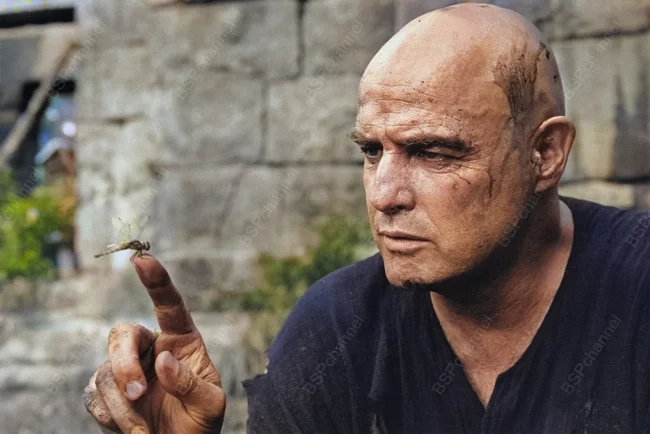
Photographer: Mary Ellen Mark
On the set of "Ivan Vasilievich: Changes Profession," 1973. 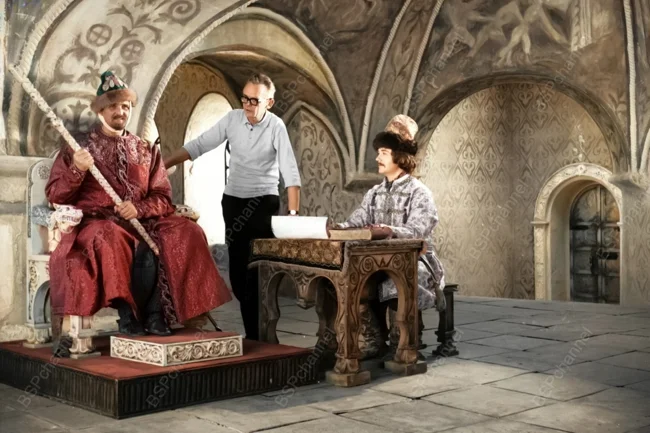
Filming in the Moscow Kremlin for the film was banned, so the crew had to quickly find a replacement. The Rostov Kremlin became the solution, perfectly playing the role of ancient Moscow. Key scenes unfolded on its grounds, including the one where the Streltsy capture the demons from the future—Georges Miloslavsky and Bunsha. This choice not only solved the production problem but also added to the historical authenticity: during the reign of Ivan the Terrible, the Moscow Kremlin was indeed made of white stone, and the Rostov walls visually better represented that time.
Jennifer Connelly on the set of "Labyrinth," 1985. 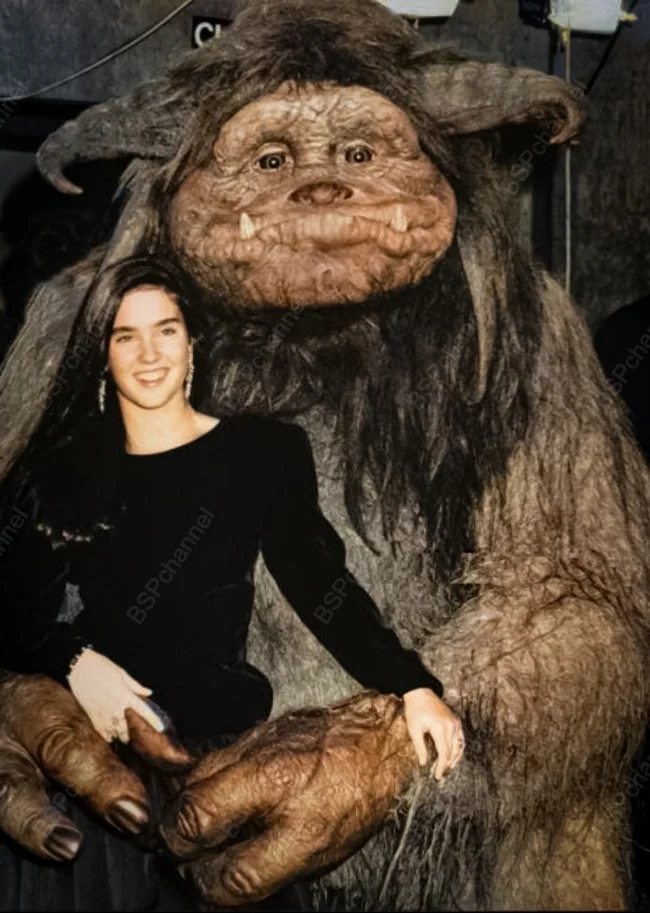
Labyrinth is a magical musical fantasy tale directed by Jim Henson, best known for creating The Muppet Show. The film gained cult status thanks to its surreal world, quirky characters, memorable songs, and the charismatic lead character—legendary musician and actor David Bowie, who played the goblin king, Jared.
Jean-Claude Van Damme on the set of Predator (1987), in the original Predator costume before he was unceremoniously fired and replaced by the late Kevin Peter Hall. 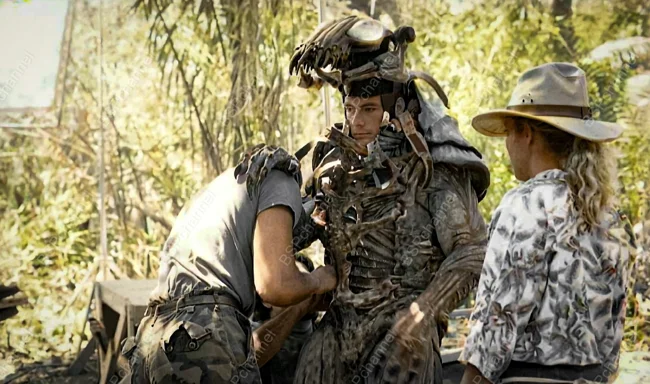
Contrary to popular legend, Jean-Claude Van Damme didn't "quit" the film "Predator"—he was fired. He was originally hired to portray the creature in the first, unsuccessful version of the suit. The idea was to make the Predator fast and capable of martial arts. However, test shoots revealed this design to be implausible and unintimidating. Production was halted, the monster concept was completely changed, and Van Damme's services, who was supposed to be an "acrobatic monster," were simply no longer needed. On the set of "Three Plus Two." Crimea, 1962. 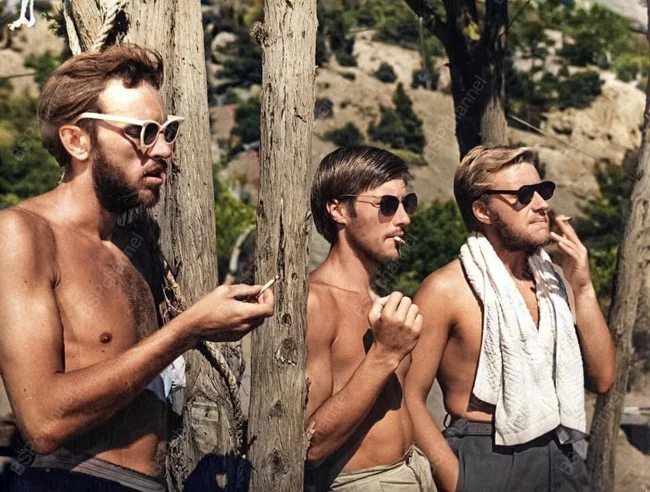
Three bachelors dreamed of a carefree life as "savages" on a secluded seashore. But their plans were thwarted by two mischievous girls, who declared this place their long-held territory and that they would be the only ones vacationing there. "We must create unbearable conditions for the enemy!" decided both sides, beginning a hilarious battle for control of the beach. Instead of hostility, something entirely different emerged—two couples in love? The story, based on Sergei Mikhalkov's play "Savages," was adapted for the screen by director Genrikh Oganesyan under the title "Three Plus Two." Filming took place primarily in Crimea, its picturesque landscapes serving as the film's main backdrop. Some scenes were filmed in Riga, and some in Leningrad, although their presence in the film is minimal.
Audrey Hepburn with a puppy on the set of "The Nun's Story," 1958. 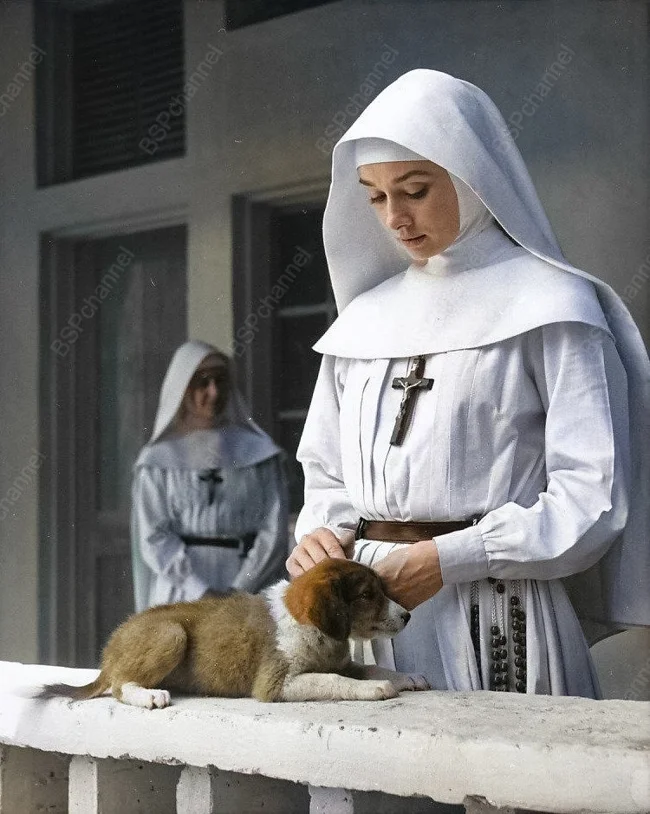
Actress Maureen O'Hara on the set of "Lady Godiva of Coventry," 1955. 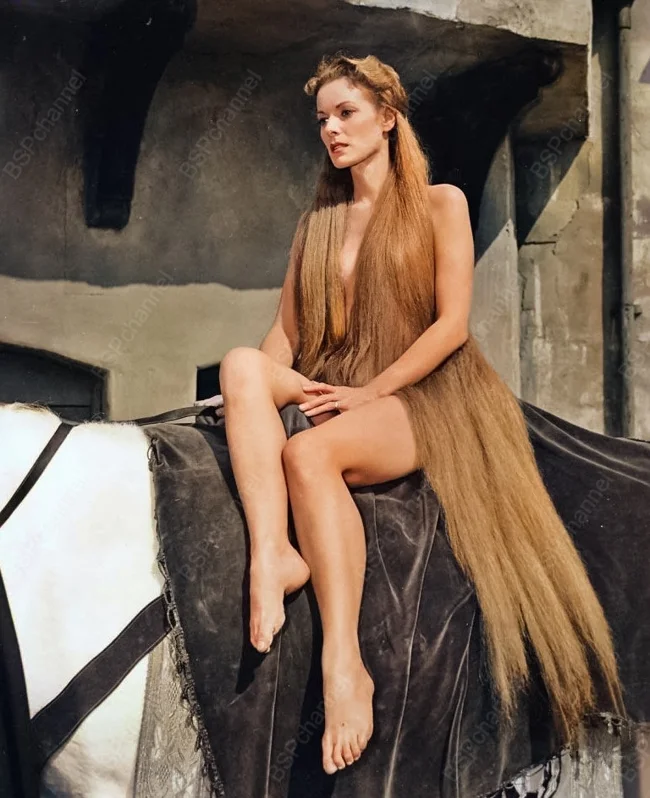
A Disney animator used live Dalmatian puppies and dogs to learn how to animate them properly for the 1961 film "One Hundred and One Dalmatians." 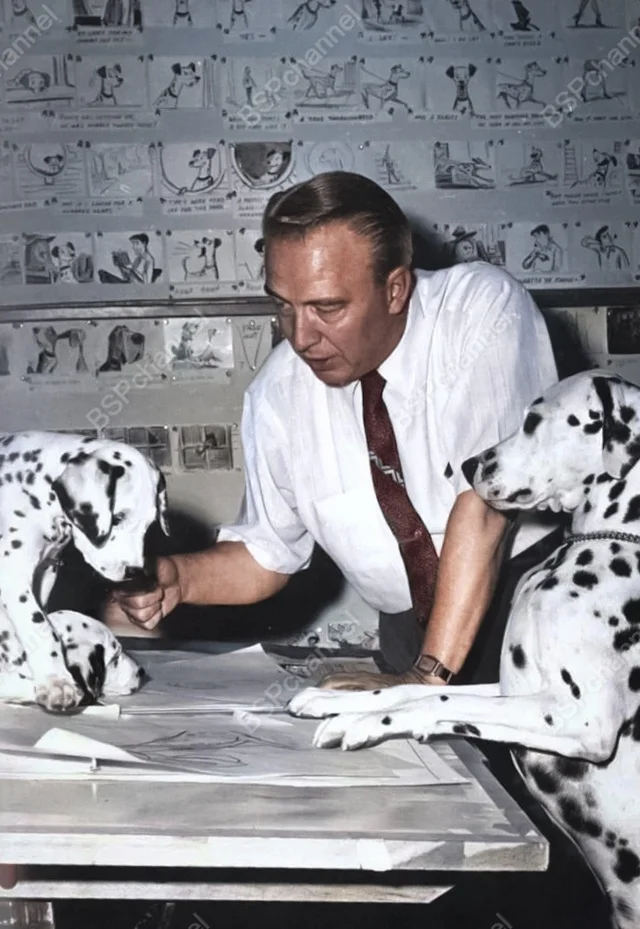
Director Leonid Gaidai and actor Yuri Nikulin on the set of "The Diamond Arm," 1968. 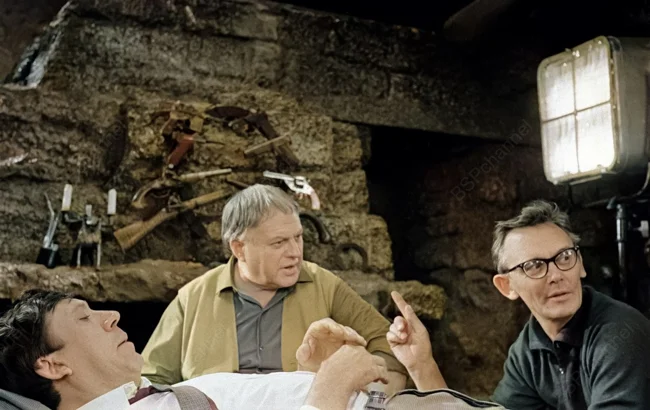
Photographer: G. Korabelnikov
"The Diamond Arm" was created as a parody of detective stories and spy thrillers, but it quickly became much more – a symbol of kind, intelligent humor, where even criminals evoke sympathy. The film became the highest-grossing film in the Soviet Union at the time of its release, attracting over 60 million viewers. To this day, it remains a must-see for New Year's holidays, family evenings, and just good times. "The Diamond Arm" is more than just a comedy. It is part of our shared memories, laughter, and warmth.
Marilyn Monroe on the set of "Some Like It Hot," 1958. 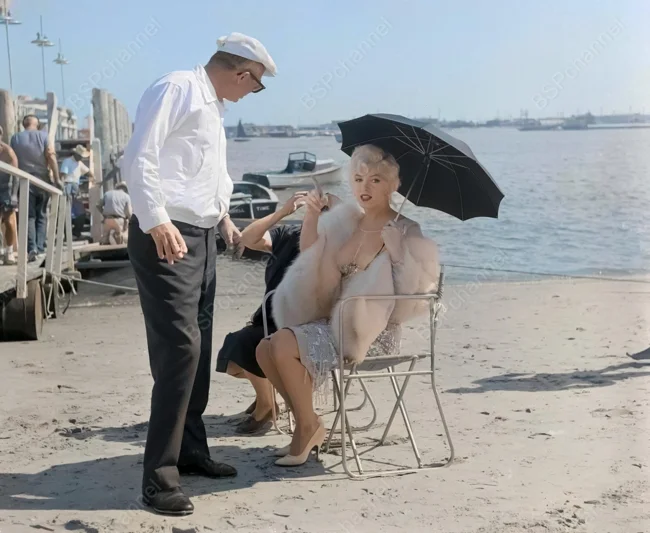
"Some Like It Hot" is a cult 1959 American comedy film directed by legendary director Billy Wilder. It is considered one of the greatest films in cinematic history and a model for the slapstick comedy genre.
The plot unfolds in 1929, during Prohibition. Two musicians, Joe (Tony Curtis) and Jerry (Jack Lemmon), accidentally witness the Boston Massacre and are forced to hide from the mob. To escape, they disguise themselves as women and join an all-female jazz band heading to Florida.
There, a series of incredible misunderstandings begins: Joe falls in love with the band's lead singer, Sugar Kane (Marilyn Monroe), while Jerry himself becomes the object of affection for the wealthy eccentric Oggley Thorpe. The disguise gradually spirals out of control, and the tension between lies and feelings reaches a peak.
The film combines a witty script, brilliant acting, and a bold theme of gender disguise for its time. Despite the censorship restrictions of the era, Wilder masterfully explored taboo themes, imbuing the film with sexual irony and absurdity.
Marilyn Monroe, as Sugar Kane, embodied the ideal of Hollywood beauty and fragility, becoming one of the film's leading stars. Her phrase, "You have to love men... you even like some of them!" became iconic.
Although the film initially sparked controversy, it quickly gained acclaim. In 1989, Some Like It Hot was inducted into the U.S. National Film Registry, and in 2000, the Academy of Motion Picture Arts and Sciences named it the best comedy of all time.
Film director, People's Artist of the USSR, and Lenin Prize laureate Sergei Bondarchuk on the set of the feature film "War and Peace," based on Leo Tolstoy's novel of the same name. Smolensk Region, 1964. 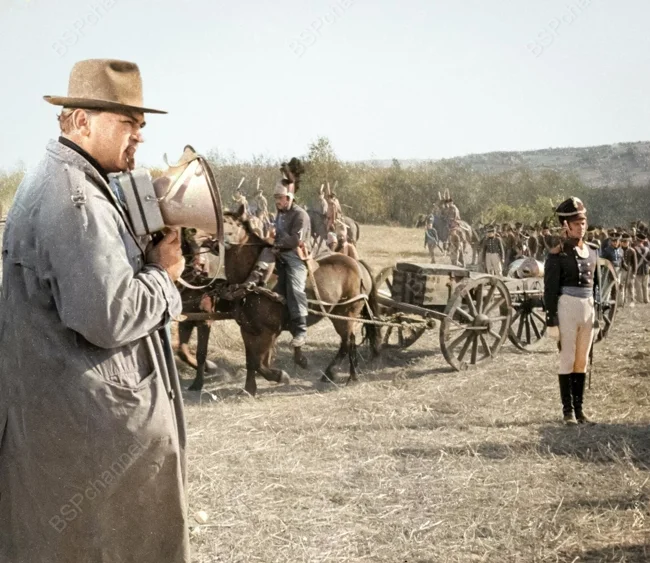
Photographer: V. Uvarov
The Oscar-winning Soviet epic film "War and Peace" is not only a magnificent work of art, but also the most expensive project in the history of Soviet cinema. Its creation became a truly national undertaking.
Director Sergei Bondarchuk's film adaptation of Leo Tolstoy's novel of the same name was incredibly complex and ambitious. Colossal resources were devoted to the filming, which lasted approximately six years: entire army units were recruited, historical costumes and sets were created with museum-quality precision, and the battle scenes are still astounding in their scope.
This enormous work was duly appreciated overseas. In 1969, the film won the Best Foreign Language Film award, becoming a truly landmark event. Its success was well-deserved: the American Academy of Motion Picture Arts and Sciences could not help but note the film's technical excellence and unprecedented spectacle, which managed to convey on screen all the depth and power of the literary original.
Lyudmila Savelyeva as Natasha Rostova on the set of "War and Peace," 1964. 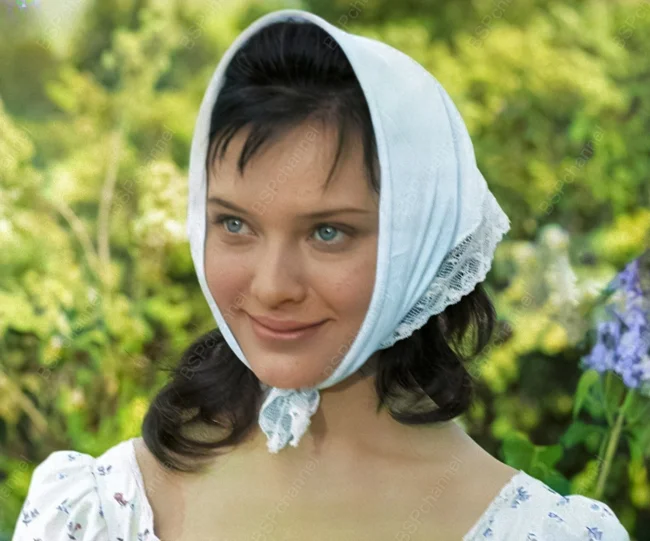
Andrei Martynov, Irina Shevchuk, and Stanislav Rostotsky on the set of "...The Dawns Here Are Quiet," 1972. 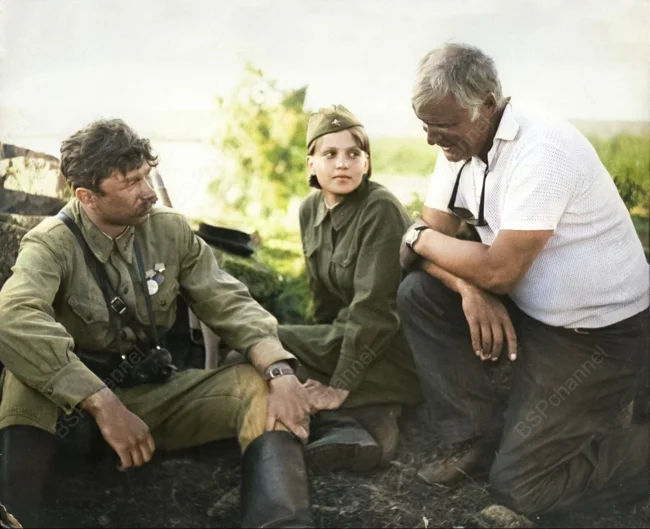
Stanislav Rostotsky's film "The Dawns Here Are Quiet," based on the novella of the same name by frontline soldier Boris Vasiliev, was released in November 1972. The film received widespread acclaim from both critics and audiences. It won first prize at the All-Union Film Festival in Alma-Ata, a special prize at the Venice Film Festival, and was named the best film of the year in a poll by the magazine "Soviet Screen." The film was also nominated for an Oscar for Best Foreign Language Film. It attracted a huge audience, becoming one of the top-grossing films in the Soviet Union: 66 million people saw it in the year of its release.





















